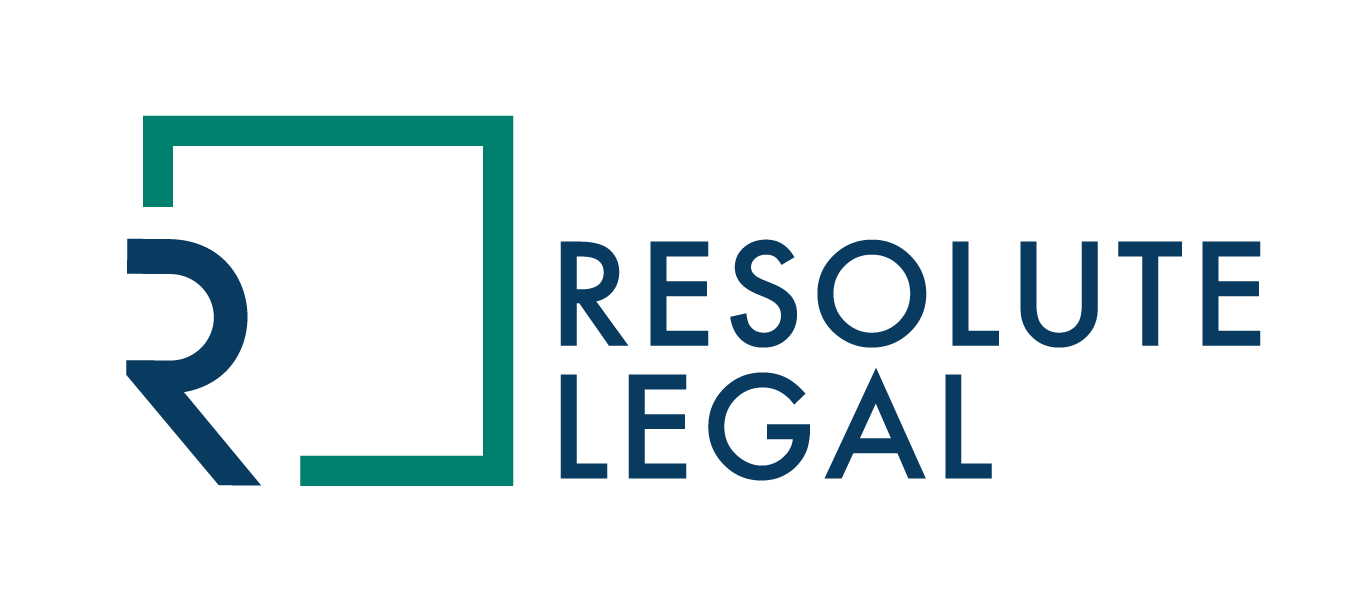Every Organization’s Biggest Challenge Is Change
Every company, big or small, constantly faces the challenge of change. For many, technology is shifting the foundation of business. For others, the internal business processes that brought earlier success are outdated. In some cases, the people who once brought success to the organization are now hurting it.
As a commercial negotiator, I believe that for each contractual issue there is usually an equilibrium in which both parties come out ahead. This doesn’t necessarily mean that the resulting provision or approach is balanced. It may simply mean that, because the perceived risks and benefits to each party are different, a lopsided compromise is acceptable. But this isn’t always true, and negotiations sometimes get stuck because the parties’ disagreement over one issue negatively impacts their ability to rationally negotiate the other issues. The parties’ impaired ability to compromise as a result of these “sticking points” can severely delay or otherwise derail successful negotiations.
The same phenomenon exists within organizations. Although it may not be formally recognized, internal stakeholders at every level are constantly negotiating their respective responsibilities with one another. These informal negotiations can create “organizational sticking points” that are self-perpetuating, can grow in significance over time and can spawn unrelated inefficiency across the organization.
Organizational sticking points can be very difficult to manage because there are natural limits on managers’ ability to identify and solve them. Time, for one, is always limited, so in concept, we identify and solve one issue in order to move on to the next. The problem is, because we solve organizational sticking points informally, they have a habit of returning. In other words, without a uniform understanding across the larger group of stakeholders, which may span multiple departments, the status quo will tend to hang on. An additional limitation on managers’ ability to address organizational sticking points may be an inability to see them. In my experience, a sort of invisibility can surround these issues, created by stakeholders who, knowingly or unknowingly, keep them off the radar at higher levels of management in order to maintain the status quo.
At points of organizational stickiness, existing processes tend to break down and stakeholders may cease to act in the best interests of the organization. Thus, organizational stickiness may contribute to the tendency of organizations to stumble or break down over the longer term. Here are a few approaches that you may consider to address these issues across your organization:
Make timely and effective updates to your internal policies and identify new policies needed to keep things running smoothly. This is a natural defense against organizational stickiness if the update process seeks out and addresses areas of organizational stickiness.
Review form agreements and departmental processes relating to their negotiation at least annually. A 360 degree understanding of what is working (and what is not) will enable you to make meaningful progress against departmental goals.
Consider the application of change management concepts to the organization more broadly (e.g., beyond project management and manufacturing). The likelihood is that you have greater organizational stickiness in areas of your business that have not been the subject of traditional change management efforts.
Work with people across the business to empower and coordinate positive attitudes towards change management.
As technology re-writes the tools we use to run our organizations, it is ever more critical that we progressively manage and improve the human processes.
